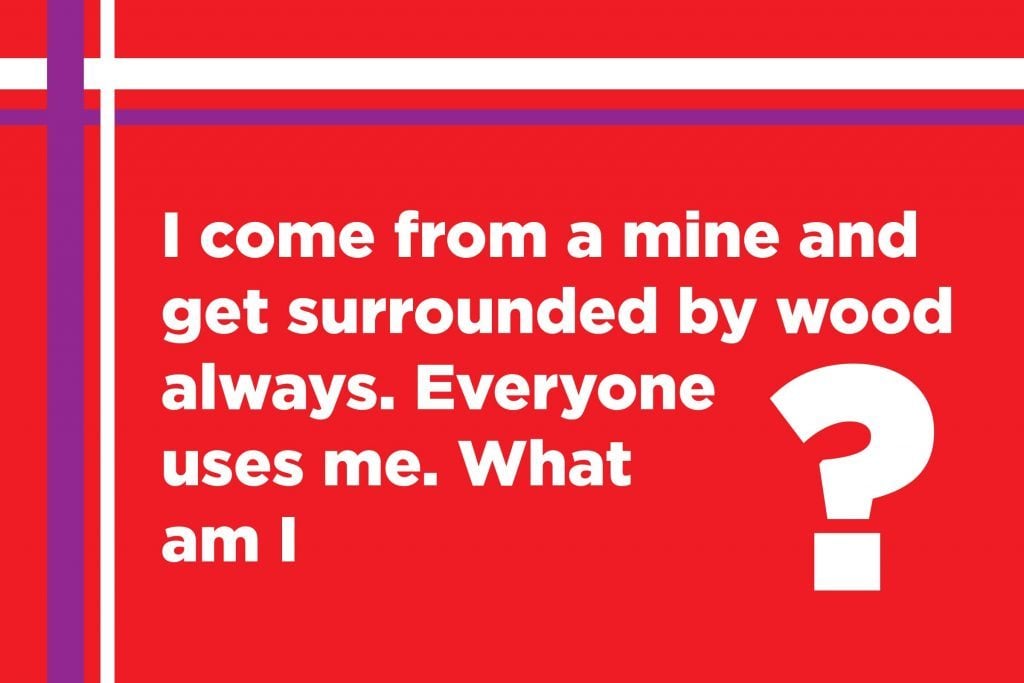Tijn Von Ingersleben
Gold Member
- Feb 5, 2018
- 8,558
- 2,592
- 290
- Banned
- #61
If there is no light then there is no color...it takes dirt and water to make mud...without one there can be none.
Keep digging Francis
Scoop
Scoop
Scoop.
Keep digging Francis
Scoop
Scoop
Scoop.

